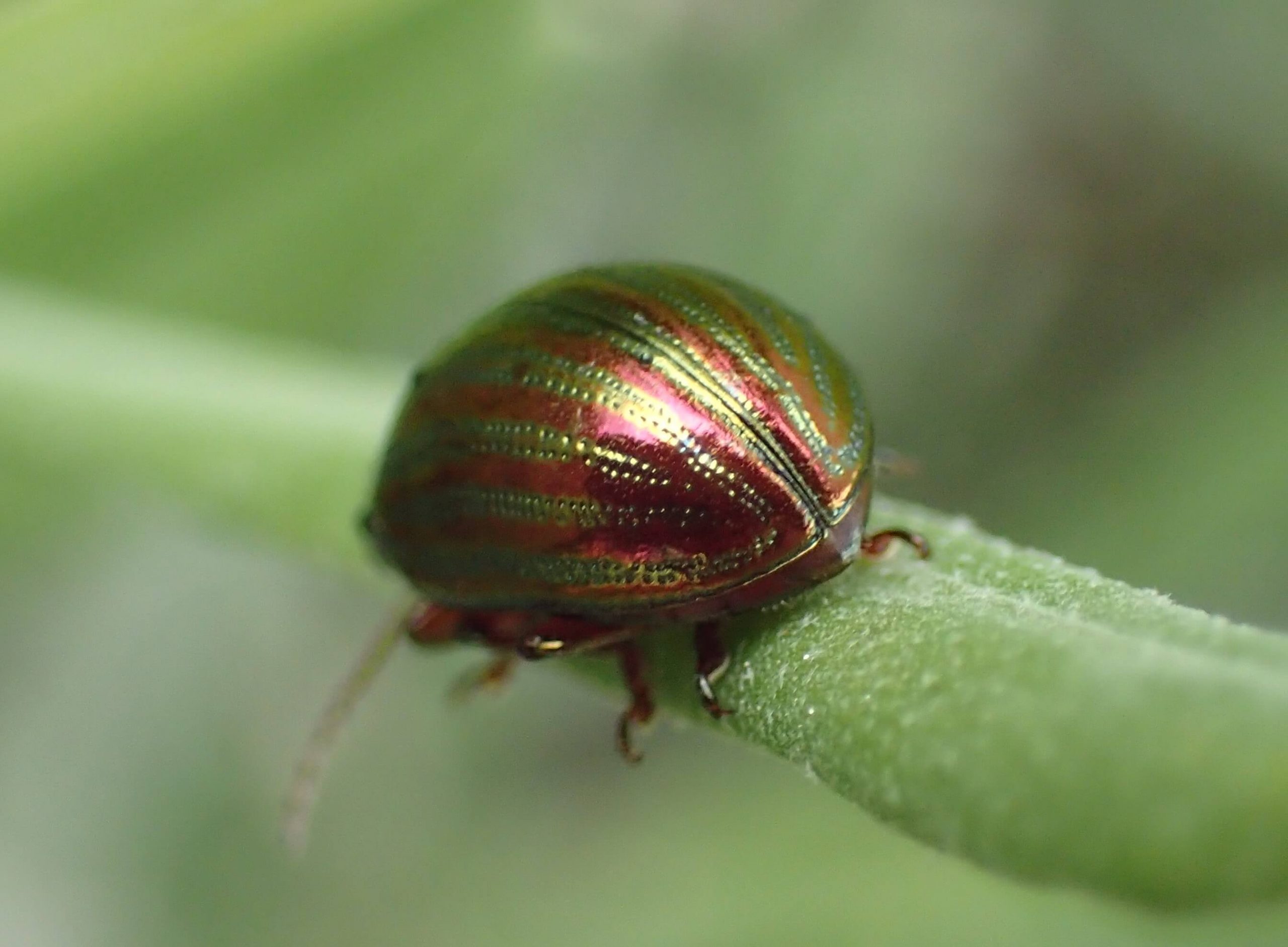


The results from our 2019 baseline ecological surveys are in, and there are some hugely exciting results to share.
As a reminder, during 2019 we conducted a broad range of surveys to capture the “baseline” ecological state at Wild Ken Hill, before any changes take place. These surveys have covered a wide range of areas, including birds, insects, bats, vegetation, and soil.
When we repeat these surveys in the future, we will be able to track changes in biodiversity over time, and perform other analysis. This is really important to us because we want policy-makers, other potential re-wilders, and the general public to have access to hard scientific evidence on the effects of rewilding.
We were lucky to have Graeme Lyons – one of the UK’s leading pan-species recorders – available to help us carry out the majority of these surveys. You should check out his equally fascinating and funny blogs on his recording excursions to Wild Ken Hill here.
Starting with birds, Graeme recorded 71 species of bird recorded during the surveys, of which at least 52 species are thought to be breeding, and 34 species are listed as Birds of Conservation Concern by the BTO.

Graeme aslo notes: “additional casual recording included many of the more interesting species such as Osprey, Hobby, Great White Egret, Hen Harrier, Spoonbill, Waxwing, Brambling Tree Pipit and breeding Woodlark, Marsh Harrier and Turtle Dove that were not picked up during the standardised surveys. Cetti’s Warbler, Reed Warbler and probably Water Rail were also thought to be breeding in the wetland strip to the west of the rewilded area”. Overall, some very promising results from the Breeding Bird Survey!
Graeme follows a bespoke methodology that involves six separate visits. In these six visits, Graeme recorded 811 species . He writes: “The total number of species was exceptionally rich, the highest figure of any six-visit invertebrate survey carried out by the author. The proportion of species with status was comparable to other rewilding surveys but these were carried out some 15 years after rewilding began”

Beetles and bugs made up the highest proportion of those invertebrates recorded.

Perhaps the rarest invertebrate recorded was the nationally rare Breckland Leatherbug Arenocoris waltlii, which is listed as Critically Endangered

Overall, the results from the invertebrate were a huge validation of the sympathetic nature of our farming historically, which has not used insecticides for over 7 years. But also, it’s extremely exciting for the future of the rewilding project, given the importance of invertebrates in key ecological processes like pollination.
In due course we intend to make the full baseline survey reports available on the website, and we will also continue to share results from other surveys as they come in – vegetation is likely to be next. In the meantime, don’t forget to follow us on Instagram for more frequent updates!